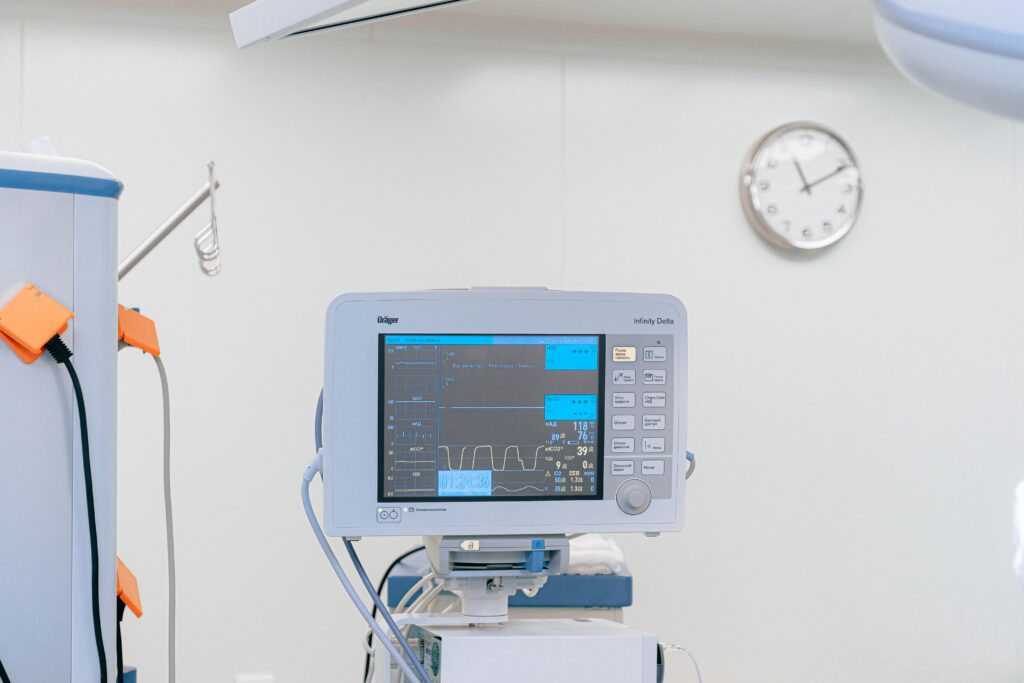Request a demo specialized to your need.

Medical device safety activities involve a range of ongoing efforts aimed at ensuring that medical devices are designed, manufactured, and used in a manner that minimizes harm to patients. Some of the key medical device safety activities include:
- Risk Assessment: A risk assessment is conducted to identify potential safety hazards associated with the medical device. This may include an evaluation of the device’s design, manufacturing process, and potential use in the clinical setting.
- Safety Measures Implementation: Based on the risk assessment, safety measures must be implemented to mitigate the identified hazards. This may include design changes, manufacturing process improvements, and labeling changes.
- Safety Testing: The medical device must undergo safety testing to ensure that it meets the safety requirements identified in the risk assessment. This may include pre-clinical testing, clinical trials, and post-market surveillance.
- Regulatory Approval: Before the medical device can be placed on the market, it must obtain regulatory approval from the relevant agencies. The regulatory approval process may include submission of safety data, product labeling, and other information.
- Post-Market Safety Monitoring: Once the medical device is on the market, post-market safety must be monitored to ensure that any safety issues are identified and addressed promptly. This may include monitoring adverse event reports, conducting post-market surveillance studies, and implementing any necessary corrective actions.
- Reporting Adverse Events: Healthcare providers and patients are encouraged to report any adverse events associated with medical devices to regulatory agencies. This helps to identify potential safety issues and take appropriate action to protect patients.
- Safety Standards and Regulations: Regulatory agencies established safety standards and regulations for medical devices to ensure their safety. These guidelines include requirements for safety testing, reporting of adverse events, and ongoing monitoring of devices after they are placed on the market.
Medical device safety activities involve a range of efforts aimed at ensuring that medical devices are safe and effective for patients. This includes risk assessment, safety measures implementation, safety testing, regulatory approval, post-market safety monitoring, reporting adverse events, and adherence to safety standards and regulations.
Device Safety Automation Process
Automating medical device safety above activities including tracking, assessment, adjudication, and regulatory reporting can help to streamline the process and reduce errors. Here are the steps involved in automating this process:
- Define the Workflow: The first step is to define the workflow for medical device safety tracking, assessment, adjudication, and regulatory reporting. This includes identifying the stakeholders involved, the data to be collected, and the process for managing the data.
- Identify the Software Requirements: Once the workflow is defined, the next step is to identify the software requirements needed to automate the process. This may include a database to store the safety data, software for data analysis and reporting, and software for regulatory reporting.
- Select the Right Software: There are many software options available for automating medical device safety tracking, assessment, adjudication, and regulatory reporting. It is important to select software that is specifically designed for medical device safety and that meets the needs of your organization.
- Integrate the Software: Once the software is selected, it must be integrated into the existing system. This may involve importing data from existing databases, configuring the software to meet the organization’s needs, and training staff on how to use the software
- Implement Automated Workflows: With the software in place, it is important to create automated workflows for tracking, assessing, adjudicating, and reporting medical device safety data. This may include automated data collection, analysis, and reporting.
- Monitor and Evaluate the System: Once the system is in place, it is important to monitor and evaluate its effectiveness. This may involve reviewing the data collected, analyzing the system’s performance, and identifying areas for improvement.
- Update the System: As needed, the system should be updated to reflect changes in regulations, best practices, and organizational needs. This may involve upgrading the software, modifying the workflows, and training staff on the changes.
In summary, automating medical device safety tracking, assessment, adjudication, and regulatory reporting can help to streamline the process, reduce errors, and improve patient safety. It involves defining the workflow, identifying the software requirements, selecting the right software, integrating the software, implementing automated workflows, monitoring and evaluating the system, and updating the system as needed.
Cloudbyz Unified Clinical Trial Management (CTMS) is a comprehensive, integrated solution to streamline clinical trial operations. Built on the Salesforce cloud platform, our CTMS provides real-time visibility and analytics across study planning, budgeting, start-up, study management, and close-out. Cloudbyz CTMS can help you achieve greater efficiency, compliance, and quality in your clinical operations with features like automated workflows, centralized data management, and seamless collaboration. Contact us today to learn how Cloudbyz CTMS can help your organization optimize its clinical trial management processes.
To know more about the Cloudbyz Unified Clinical Trial Management Solution contact info@cloudbyz.com
Subscribe to our Newsletter

